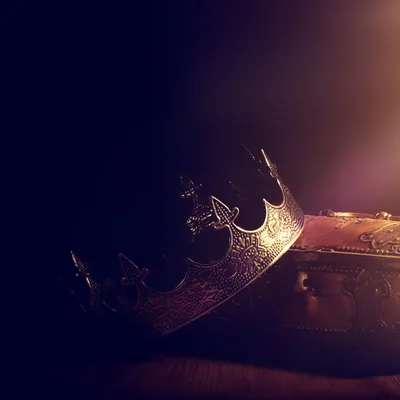Overview
The County of Urnst has held its current borders for centuries. Nestled along the pleasant coast of the Lake of Unknown Depths, much of the nation’s economy comes from mercantile pursuits. Urnst’s eastern border, along the Stone Road and Franz River, was once heavily garrisoned against threat of invasion from Nyrond, though this has ceased in recent times.
The great plains of Urnst account for its staggering production of foodstuffs in every part of the nation. Though small forests and woodlands dot the plains, Urnst is not known for its wilderness.
The great towns and villages of the County of Urnst are connected by a brilliantly designed and well-cared-for series of roads, fashioned in the (some say magical) style of the old Great Kingdom. Indeed, much of the great architecture and infrastructure of Urnst can be traced to the Aerdy occupation, a fact that does not go unappreciated despite the distrust most Urnstmen feel toward nations to the east.
Urnst maintains a small but efficient squadron of warships on the Nyr Dyv, stationed in the largely military town of High Mardreth. A standing army of some three thousand horse and footmen stock key garrisons along the northern border and throughout the nation. Noble levies can raise ten times that number in a week or two.
Breadbasket of the Flanaess — Life under Aerdy & Nyrond
Originally part of the much-larger seminal Urnst nation, the County of Urnst was established as a distinct protectorate nation by Overking Jirenen of Aerdy in 189 CY. Owning by far the most fertile land of any nation bordering the Nyr Dyv, Urnst stood as the breadbasket of the region for many years, supplying wheat as far afield as Calbut, in the duchy of Tenh.
When Nyrond broke from the Great Kingdom, it entered a period of expansionism, swiftly capturing the County of Urnst in a brief and surprising series of charges toward the capital. Most Urnstmen bitterly resented the occupation years, during which their own aristocracy (largely Suel, with strong ties to that of the duchy) was integrated with arrogant nobility from Nyrond. This resentment rarely erupted into physical conflict, however; the people of Urnst enjoyed a much better fate than the Pale under similar circumstances.
County of Urnst — Independant, with Potential for Unification
A half-century after the Great Council of Rel Mord, the County of Urnst became a palatine state under the protection of the richer and more powerful Duchy of Urnst, a political situation that continues to this day.
If the County of Urnst is subservient to its southern cousin, it certainly doesn’t act like it. The ruling house of Urnst, the Gellors, has long displayed a well-deserved reputation of determined individualism. The current countess, Belissica, enjoys a popularity unparalleled among most Flanaess rulers. A consummate politician and diplomat, she enjoys warm relations with the people of the duchy and even has the respect of the Rhennee and certain supposedly pro-Iuz Bandit Kings.
Though nothing has happened as of yet, it seems that the two Urnst nations might combine to form a single nation, not unlike that which existed in centuries past. Nobles from Port Toli to Marner are speculating upon a marriage between the countess and Jolen Lorinar, Duke Karll’s eldest son. In preparation of the event, the courts of Urnst have grown ever closer, sharing key advisers and functionaries.
/src/campaigns/278979/9d7949af-5524-48d7-92a0-b30ad64c9419.webp)
